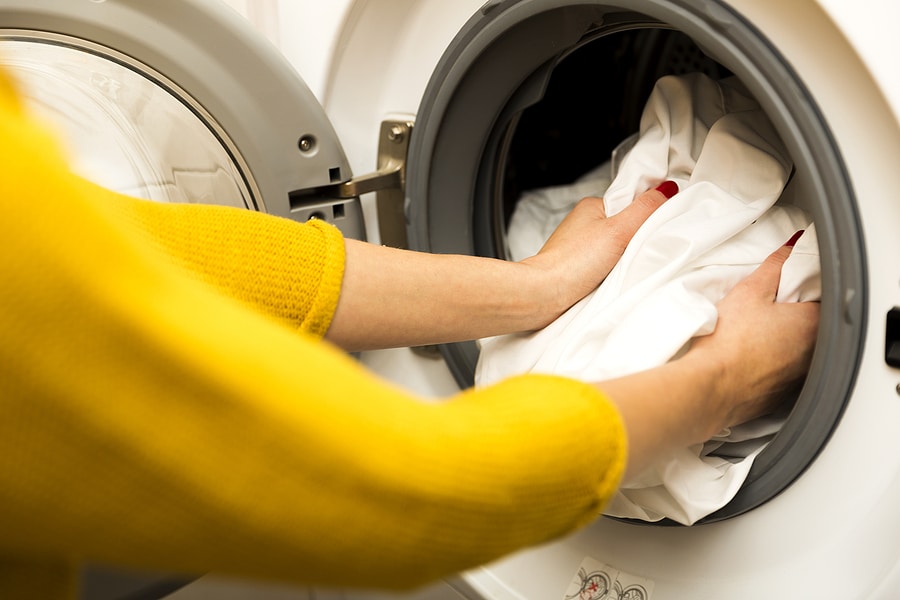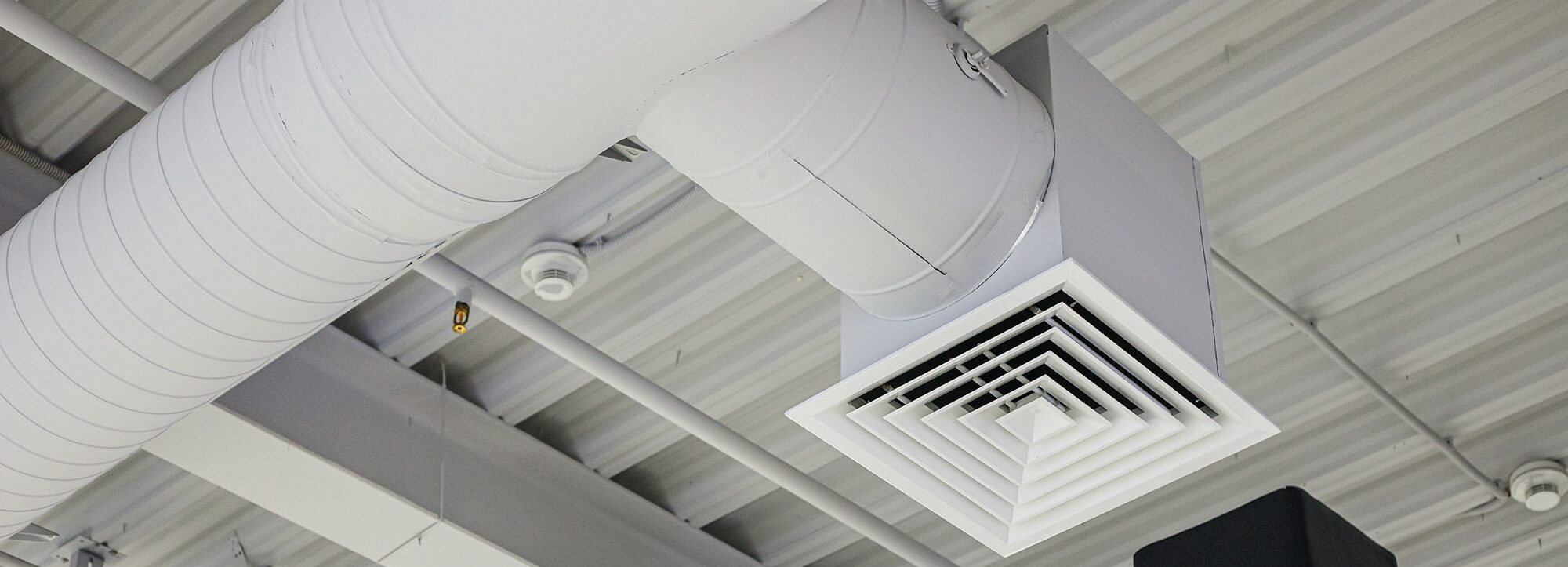7 Critical Dryer Vent Maintenance Tips Every Homeowner Must Follow

7 Critical Dryer Vent Maintenance Tips Every Homeowner Must Follow
Maintaining your dryer vent system between professional cleanings is one of the most effective ways to protect your home, reduce fire hazards, and keep your dryer running efficiently. At J R Air Duct Cleaning, we help homeowners across Bergen County, Essex County, and Passaic County boost safety and extend the life of their appliances with expert dryer vent cleaning services.
These essential dryer vent maintenance tips help reduce fire risks, improve your dryer’s performance, and keep your New Jersey home safe year-round.
Below are the essential dryer vent maintenance tips every homeowner should follow year-round.
Why Dryer Vent Maintenance Matters
Every time your dryer runs, it creates heat, moisture, and lint. Even if you clean your lint trap regularly, a significant amount of lint still escapes into the vent system. Over time, this buildup can:
Restrict airflow
Cause longer drying times
Increase your energy bills
Overheat your dryer
Create a major fire hazard
According to the U.S. Fire Administration, clogged dryer vents are a leading cause of preventable home fires each year.
Routine professional cleaning, paired with simple at-home maintenance, helps you avoid safety risks and expensive repairs. Learn more about our professional dryer vent cleaning services for Bergen County homeowners.
Essential Dryer Vent Maintenance Tips
1. Clean the Lint Trap After Every Load
Always remove lint from the screen before and after every cycle. A clean lint trap improves airflow and reduces the risk of overheating.
2. Vacuum the Lint Trap Housing Weekly
Lint often gets stuck deeper inside the trap. Use a narrow crevice tool or vacuum attachment to remove hidden buildup.
3. Inspect the Dryer Vent Hose Monthly
Check the vent hose behind your machine for:
Kinks
Crushing
Disconnected joints
Excess lint around the connection
A damaged or kinked hose restricts airflow and forces your dryer to work harder.
4. Keep the Area Behind the Dryer Clean
Dust and lint accumulate behind and under the dryer, increasing fire risk. Move the appliance slightly (if safe) and vacuum every 1–2 months.
5. Check the Outdoor Vent Cover
Go outside and inspect the vent flap. Make sure it:
Opens fully while the dryer runs
Isn’t blocked by lint
Is free from leaves, dirt, or pests
If little to no air is blowing out, your vent may already be blocked.
6. Avoid Overloading Your Dryer
Heavy loads produce more lint and strain the motor, reducing efficiency and causing more lint buildup.
7. Use Only Rigid or Semi-Rigid Ducts
Avoid plastic or foil ducts — they trap lint and are fire hazards. The U.S. Department of Energy recommends rigid or semi-rigid metal ducts for maximum efficiency and safety.
Signs You Should Call a Professional
Schedule a professional dryer vent cleaning immediately if you notice:
Clothes taking longer to dry
Burning smells during a cycle
Dryer feeling extremely hot
Visible lint around the vent opening
Weak airflow outside
More than 12 months since your last cleaning
A clogged vent is dangerous — don’t ignore the warning signs.
Schedule Your Dryer Vent Cleaning
At J R Air Duct Cleaning, we provide professional dryer vent cleaning for homeowners in Bergen County, Essex County, and Passaic County. Our technicians use expert tools to safely remove lint, debris, and blockages throughout your ductwork.
Internal Helpful Links
External Authority Sources
U.S. Fire Administration
NFPA Dryer Safety Recommendations
DOE Home Energy Efficiency
📞 Call us at (201) 335-2524 or request a quote online
Keep your home safe. Keep your dryer efficient. Keep your air clean.
By staying consistent with these dryer vent maintenance tips, you’ll protect your appliances, improve your indoor air quality, and keep your home safer every day.
